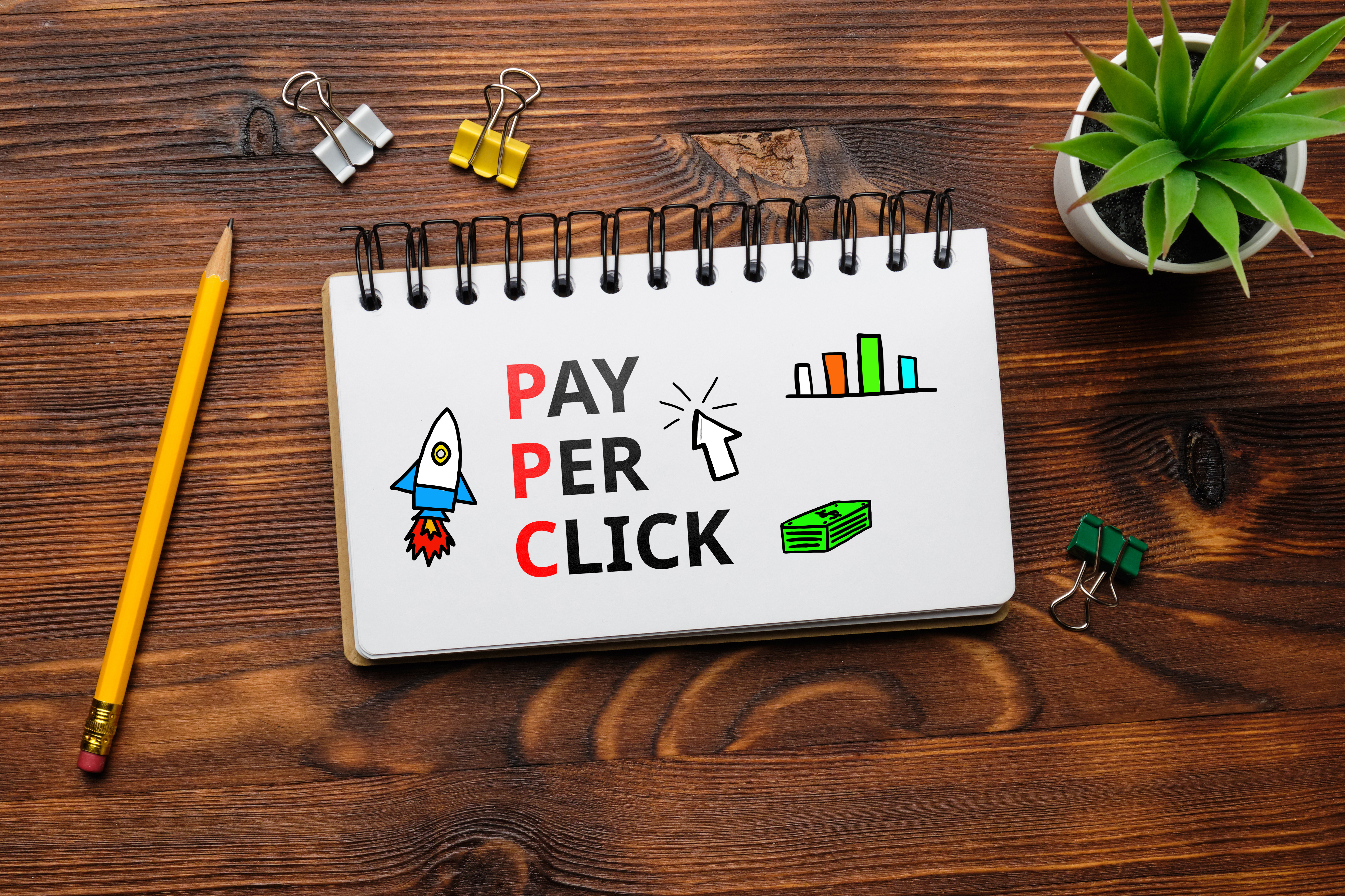Unlock the potential of overlooked PPC strategies, including dynamic search insights, CLS evaluations, advanced exclusions, and micro-conversions, to lead the pack.
As the digital advertising landscape evolves, Pay-Per-Click (PPC) marketing is becoming increasingly nuanced. Staying competitive requires leveraging innovative strategies that go beyond the basics. To help you excel in 2025, we’ve outlined four advanced PPC tactics that can drive measurable results. These underutilized techniques can enhance your campaigns, optimize your budget, and deliver a higher return on investment (ROI).
Let’s explore these strategies in detail:
1. Leverage Dynamic Search Ads (DSAs) for Competitive Insights
Dynamic Search Ads (DSAs) have been a staple in the PPC toolkit for years, primarily used as a campaign type to target dynamic queries. However, DSAs also serve as a powerful tool for competitive research, providing valuable insights into how Google views both your website and your competitors’ pages.
How DSAs Work
DSAs automatically generate headlines and match search queries to landing pages on your site based on your content. Advertisers provide descriptions, rules, and exclusions, but the real magic happens in the “Dynamic Targets” section. Here’s what you can uncover:
- Keyword Categories: Understand how Google categorizes your or your competitor’s website.
- Search Volume Estimates: Access monthly global search volume data for relevant queries.
- Ad Copy Examples: View how Google interprets and crafts ad messaging from the site.
Pro Tips for Competitive Analysis:
- Analyze Competitor Websites: Set up a campaign targeting a competitor’s URL to understand how Google perceives their offerings. Identify content gaps and opportunities.
- Content Strategy Alignment: Use insights to fine-tune your SEO and content marketing efforts. Focus on areas where competitors underperform.
- Zero Budget Setup: You don’t need to spend a dime; just create the campaign, access the data, and pause it. However, ensure you have a valid payment method to maintain the account.
2. Audit Ad Placements Using Cumulative Layout Shift (CLS)
Cumulative Layout Shift (CLS) is a metric from Google’s Core Web Vitals that measures unexpected shifts in a webpage’s layout. While traditionally an SEO metric, CLS now plays a crucial role in PPC campaigns, particularly for display and Performance Max ads.
Why CLS Matters in PPC
A high CLS score (≥0.2) indicates poor user experience, often caused by excessive ads or pop-ups. This can negatively impact:
- Quality Score: Lowering your Quality Score leads to higher costs per click (CPC).
- Landing Page Experience: Poor CLS can reduce conversion rates and user engagement.
Steps to Audit Placements:
- Identify Junk Placements: Use tools like Google PageSpeed Insights to test placement URLs for CLS scores. Prioritize placements with a score of 0.1 or lower.
- Exclude Poor Performers: Remove sites with high CLS from your campaigns using exclusion lists.
- Optimize Landing Pages: Ensure your landing pages meet Core Web Vital thresholds. Most landing page builders like Unbounce and Instapage offer CLS optimization features.
Additional Tip: While automating CLS audits is costly due to API charges, manual audits are still worth the effort for high-budget campaigns.
3. Build Smarter Exclusion Lists with Microsoft Tools
Microsoft Advertising provides a wealth of underutilized tools, including URL exclusions at multiple levels: account, campaign, and ad group. These tools not only enhance your Microsoft campaigns but can also be leveraged to improve your Google Ads performance.
How to Use Microsoft Tools Effectively:
- Audience Network Reports: Extract URLs from Microsoft’s Audience Network or Syndicated Partners to identify irrelevant or low-performing placements.
- Cross-Platform Exclusions: Apply these URLs as exclusion lists in Google Ads to avoid wasting budget on subpar placements.
- Testing Confidence: With bad placements excluded, you can safely test Microsoft’s Audience Network as a standalone campaign type.
Pro Tip: Utilize impression-based remarketing on Microsoft to re-engage users and gather data for more precise exclusions.
4. Unlock Growth with Micro-Conversions
Micro-conversions track smaller, incremental actions users take on their path to a final conversion, such as filling out a partial form, watching a video, or engaging with your website. These are especially useful for accounts with low conversion volumes.
Benefits of Micro-Conversions:
- Algorithm Training: Meeting conversion thresholds (e.g., 50+ conversions in 30 days) helps AI-driven bidding strategies like Maximize Conversions perform more effectively.
- Granular Insights: Understand user behavior at different stages of the funnel.
Setting Up Micro-Conversions:
- Define Valuable Actions: Examples include starting a form (10-15% of final form submission value) or making a short phone call (10% of a qualified lead value).
- Assign Values: Differentiate micro-conversions from final conversions by assigning lower values.
- Adjust Reporting: Exclude micro-conversions from stakeholder reports to avoid inflating metrics.
Pro Tip: Use Maximize Conversion Value bidding to communicate with ad platforms effectively. Balance micro- and macro-conversions for optimal results.
Final Thoughts
The PPC landscape in 2025 demands more than just conventional tactics. These four strategies—leveraging DSAs for insights, auditing CLS for placements, building exclusion lists through Microsoft tools, and adopting micro-conversions—offer actionable ways to stay ahead of the curve.
While experimenting with these approaches, always align them with your overarching business goals and risk tolerance. For those who are risk-averse, starting with straightforward tactics like DSAs and CLS audits is ideal. More adventurous advertisers can unlock additional potential by exploring Microsoft-based exclusions and micro-conversions.
By adopting these strategies, you can future-proof your campaigns, maximize ROI, and maintain a competitive edge in the ever-changing world of PPC advertising.
